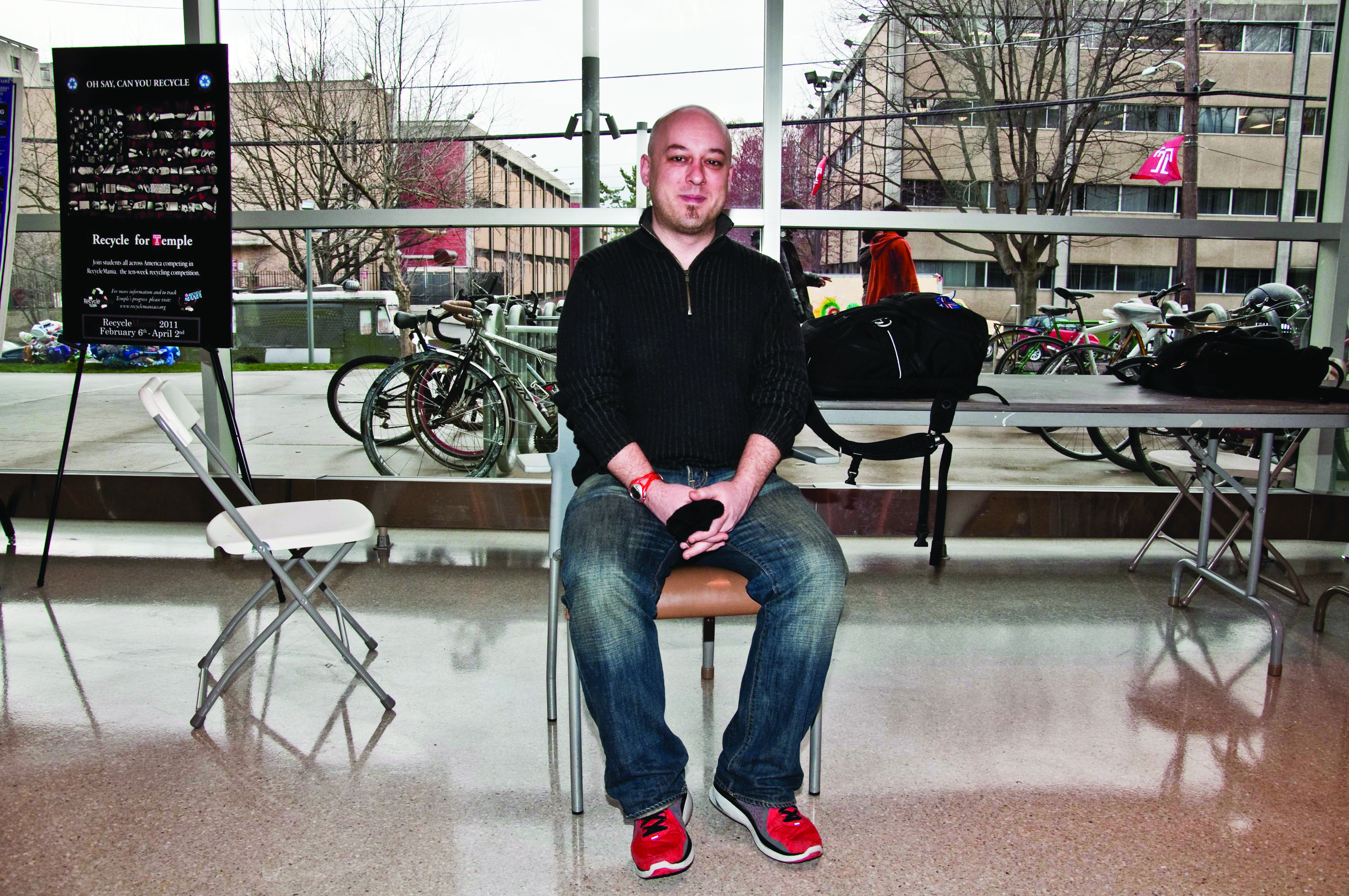Have you ever been ice skating and got so cold you had to stop and get something hot to warm you up? If so, envision a structure devised to do just that without having to wait in line for hot cocoa. Robert Trempe, an assistant architecture professor in the Tyler School of Art, designed a structure known as a “warming hut,” which fixes this problem.
His warming hut design, called “Under the Covers,” won the 2011 Warming Huts Competition in Winnipeg, Manitoba. Warming huts provide an interactive environment for people to use when skating and get warm. Since the competition, Trempe has been working on other projects, giving speeches on his success and will be a judge for the Warming Huts Competition next year.

The Temple News talked to Trempe about how he was inspired for the project, the challenges he faced and the projects he’s been working on since the competition.
The Temple News: How did you hear about the Warming Hut Competition?
Robert Trempe: There are several websites devoted to artists and architects. One of the sites I get a daily email from updating me on what competitions are out there. I saw the competition, and it looked really interesting, so I decided to do it.
TTN: What inspired your design?
RT: The biggest inspiration to me was the snow – I absolutely love the snow. The snow is the one thing that acts like a unifier of the environment or [acts] like a fabric. I love taking walks when it snows in Philadelphia and seeing the city transform. It makes it look like the city is covered in a white blanket – even the sound of the city transforms. So, the thought behind “Under the Covers” was to treat the snow like a fabric, essentially pull it up to create the warming hut, and in the process, create an environment that isolates one from different sounds and makes the hut apart of the actual environment.
TTN: What skills prepared you for this project?
RT: Several key classes in graduate school helped me learn how to construct the hut, design and then build it. I built the design myself. I graduated grad school, and once I got out, I never stopped learning, while exploring new ideas.
TTN: What are some challenges you faced?
RT: In terms of the structure, the entire design is a [3-D] curvilinear surface. Because it’s concave and convex, I spent a lot of time trying to figure out how to build it out in flat pieces. The entire structure is built out of flat wood panels, and I spent about a month trying to figure out how to make smooth curvilinear surfaces out of flat panels. The other challenge I was dealing with was the weather. The daily average temperature was 5 below [zero] Fahrenheit, and I would be on site from 9 a.m. to 5 p.m.
TTN: If someone wanted to get involved in something like this, what advice would you give?
RT: I entered this with two thoughts. First was to try something I had never done before and second was to be unsure about how it will get done. I believe if you go into any event with all the results predetermined then you’ll never learn anything. This was one of the biggest learning experiences I’ve had in the past 10 years. I wouldn’t have done it any differently, and I’m incredibly grateful for this opportunity.
TTN: What current projects are you working on?
RT: Another professor from the architecture program and I are finishing a current competition where we have to repurpose a water tower in Portland, Ore. The submissions are due March 31 for the Portland International Airport water tower project. It’s a 75-foot-tall, freestanding water tower, and we’re transforming it into a swimming pool and gymnasium. It’s an ideal competition. If we won, we wouldn’t actually build it. It’s more of an opportunity to provide ideas on what to do with some of the abandoned water towers.
Alise Hammond can be reached at alise.hammond@temple.edu.



Be the first to comment